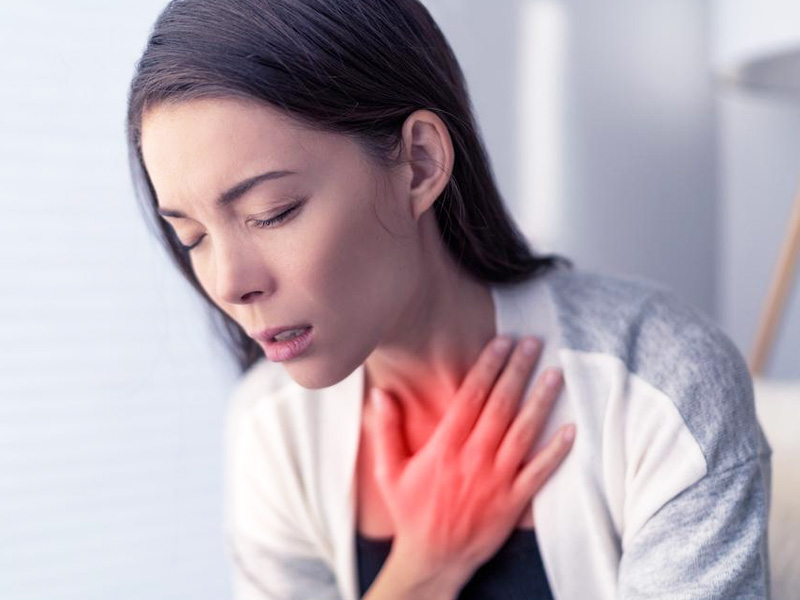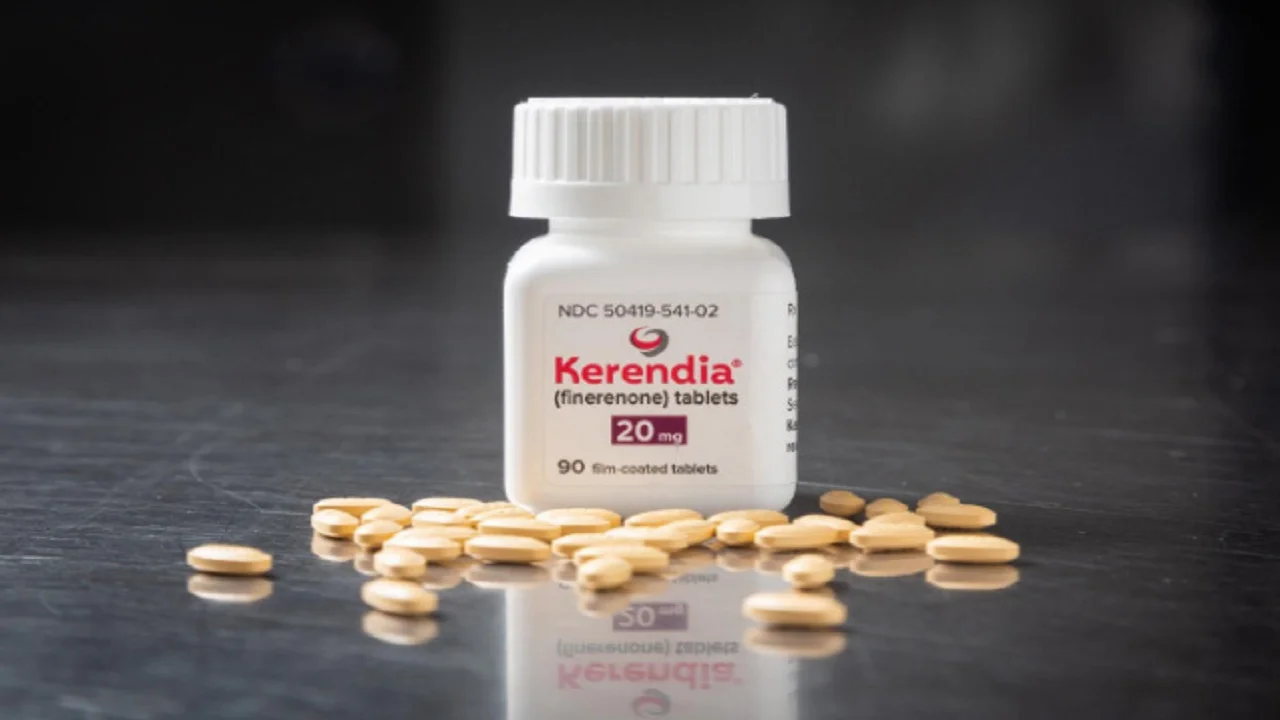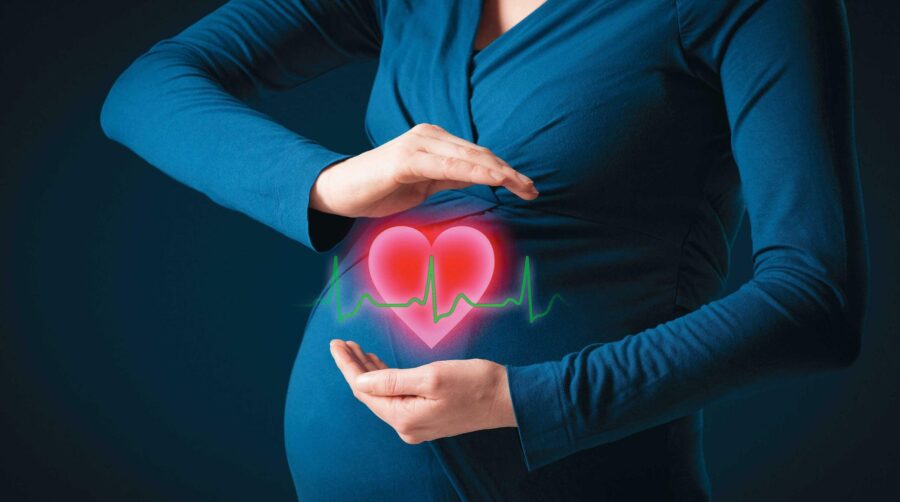
Dyspnea
The American Thoracic society defines “subjective experience of breathing discomfort that consists of qualitatively distinct sensations that vary in intensity. The experience derives from interactions among multiple physiological, psychological, social, and environmental factors and may induce secondary physiological and behavioral responses.”
Causes
- Cardiac
- Pulmonary
- Anemia
- Obesity
- Psychogenic
- Physical Deconditioning
- Neuromuscular
- Metabolic
Cardiac Causes of Dyspnea
- Coronary artery disease mainly multivessel disease and with LV failure
- Valvular Heart disease predominantly stenotic lesions
- Cardiomyopathy
- Congenital heart diseases
- Pericardial diseases like Constrictive pericarditis
- Pulmonary embolism
- Pulmonary hypertension
- Right heart failure
Cardiac Causes of Dyspnea
- Mechanoreceptors – J receptors in congestive cardiac failure(CCF), chest wall receptors, upper airway receptors
- Metaboreceptors – Metaboreceptors located in skeletal muscle are believed to respond to local changes in the tissue environment with respect to the by-products of metabolism. Role is still undetermined.
- Chemoreceptors (carotid bodies and in bifurcation of common carotid artery)- Changes in arterial bloodpH, Pco2, and Po2 can be sensed by the central and peripheral chemoreceptors and the stimulation of these causes an increase in respiratory motor activity.
- Integration: Efferent-Reafferent Mismatch– In COPD and Asthma. A discrepancy or mismatch between the feed-forward message to the ventilatory muscles and the feedback from receptors that monitor the response of the ventilatory pump increases the intensity of dyspnea
- Campbell and Howell (1963)– the “length–tension inappropriateness theory” – an imbalance in the relationship between tension and displacement in respiratory muscle may be the neurophysiological mechanisms causing dyspnoea and proposed the concept of length–tension inappropriateness of the respiratory muscles as the trigger of dyspnoea
- Other theories:Acid-base imbalance, central nervous system mechanisms, decreased breathing reserve, increased work of breathing, increased transpulmonary pressure, fatigue of respiratory muscles, increased oxygen cost of breathing, dyssynergy of intercostal muscles and the diaphragm, and abnormal respiratory drive
Mechanism In Dyspnea in Right sided Cardiac diseases
- Increased work of breathing(V/Q mismatch)
- Increased ventilatory drive
- Fatigue of respiratory muscles
- Decreased cardiac output
- Increase in physiologic dead space
History taking
- Disease or mimicker?
- Cardiac vs pulmonary cause?
- Grading?
- Associated Orthopnea and Paroxysmal nocturnal dyspnea (PND)?
- Duration?
- If on any drugs and response to drugs?
- Associated symptoms?
1. Dyspnea mimickers
Dyspnea as angina equivalent |
Acidotic breathing in diabetic ketoacidosis or renal failure |
Hyperventilation |
Anxiety/hysteria |
Central neurogenic hyperventilation |
Pregnancy |
Fever |
Septicemia |
Protracted Cough |
2. Cardiac vs Pulmonary cause
Features suggesting pulmonary cause | Features suggesting cardiac cause |
Cough with/without expectoration Wheezing Related/Unrelated to exertion Pleuritic type of pain Loss of weight may occur |
PND and orthopnea Associated symptoms of heart disease Brown frothy expectoration with wheezing(cardiac asthma) |
Seasonal variation | No seasonal variation |
Symptoms progress over years | Rapid progression of symptoms |
Rhochi, decreased breath sounds, barrel chest, decreased air movements, resonance to percussion, coarse basal crackles | Raised JVP,fine basal crackles,pedal edema, murmurs, third heart sound, cardiomegaly |
Response to oxygen/bronchodilators | Response to diuretics |
CXR/ABG/Pulmonary function tests/CT Chest/DLCO | CXR/NtPro BNP/EKG/Echocardiography |
3. Orthopnea
Dyspnea that is relieved in sitting position or to feel comfortable patient assumes sitting or upright posture. (It is not breathlessness in supine as patient is uncomfortable in prone or lateral decubitus as well)
Causes of Orthopnea
- Left ventricular failure
- Chronic obstructive pulmonary disease
- Ascites
- Constrictive pericarditis
- Severe right ventricular failure
- Significant Pleural effusion
- Bilateral diaphragmatic paralysis
Mechanisms:
In the recumbent position there is decreased pooling in the lower limbs & abdomen –> blood is displaced from extrathoracic compartment to thoracic compartment —>Failure of LV pump to pump extra blood —>Increased pulmonary venous congestion & capillary pressure –>Interstitial edema—> alveolar edema leading to:
- Decrease in lung compliance
- Increase in airway pressure
- Ventilation perfusion mismatch which finally leads to Dyspnoea and makes patient sit up to maintain better ventilation – perfusion ratio.
It occurs rapidly, within 1-2 minutes of lying down & is somewhat relieved on sitting.
Another mechanism is pushing up of the diaphgram
Trepopnea
Trepopnea is a term used to define breathlessness in either lateral decubitus position
- Congestive cardiac failure(ncreased sympathetic input and increased pulmonary venous pressure in the decubitus position)
- Severe unilateral pleural effusion
- Lung cancer
- Diaphragmatic paralysis
- Cardiac tumors
- Right to left interatrial shunts
4. Paroxysmal nocturnal dyspnea(PND)
Occurrence of dyspnea during sleep, commonly 2-3 hours after going to bed, associated with sweating, wheezing and coughing of pink frothy sputum and usually relieved by assuming upright posture for 15-30 minutes.
Mechanisms:
- Slow absorption of extracellular, extravascular fluid from the dependent areas in to intravascular compartment & resultant increase in blood volume
- Decrease LV adrenergic support during sleep
- Depression of respiratory center during sleep
- Transient nocturnal arrhythmias.
- Nocturnal dreams and related increase in sympathetic activity with increased blood pressure.
PND mimickers
1.Bronchial Asthma
- Post nasal drip
- Gastroesophageal reflux disease
- Nocturnal arrythmias
- Obstructive sleep apnea
6.Nocturnal angina
7.Anxiety with hyperventilation
- Cheyne stokes respiration
Dyspnea scores(assessment of cardiac causes of dyspnea)
- New York Heart Association (NYHA) scale
NYHA I | No limitation of physical activity. Ordinary physical activity does not cause undue fatigue, palpitation, dyspnoea or angina |
NYHA II | Slight limitation of physical activity. Comfortable at rest but ordinary physical activity results in fatigue, palpitation, dyspnoea or angina |
NYHA III | Marked limitation of physical activity. Comfortable at rest but less than ordinary physical activity results in fatigue, palpitation, dyspnoea or angina |
NYHA IV | Unable to carry out any physical activity without discomfort. Symptoms at rest. |
- Goldman’s specific activity scale:
Class I | Patients can perform to completion any activity that requires ≥7 metabolic equivalents (MET) | Personal activity: shower and dress, have normal sexual life Indoor activity: can do routine household activity-washing clothes, cleaning windows and floor, cooking, bed making Outdoor activity: can do gardening, work in the fields, shovel snow, spade soil, weight bearing (80 lbs) Sports and recreational activity: dancing, skating, skiing, swimming, cycling (on flat surface ≥ 15 kmph), running (≥ 10 kmph), jog/ walk ≥5 mph (8.05 kmph). |
Class II | Patients can perform to completion any activity that requires ≥5 MET but ≤7 MET | Can do all personal and indoor activity normally as stated above. Outdoor activity: restricted, can only do gardening. Sports and recreational activity: restricted, can dance, do skating, cycling (on flat surface 10 kmph or 6.2 mph), walk: 4 mph (6.44 kmph) |
Class III | Patients can perform to completion any activity that requires ≥2 MET but ≤5 MET | Restricted personal and indoor activity: can only shower and dress, make bed, clean window. No outdoor activity. Restricted sports and recreational activity: can bowl, play golf, drive car, walk 2.5 mph (4.02 kmph). |
Class IV | Patients cannot perform to completion any activity that requires ≥ 2 METs | Cannot carry out any activity listed above |
- WHO classification of Dyspnea(for Pulmonary artery hypertension)
WHO FC I | Patients with PH but no limitation of physical activity.
Ordinary physical activity does not cause undue fatigue, dyspnoea, angina or syncope |
WHO FC II | Patients with PH resulting in slight limitation of physical activity.
Comfortable at rest but ordinary physical activity results in fatigue, dyspnoea , angina or syncope |
WHO FC III | Patients with PH resulting in marked limitation of physical activity
Comfortable at rest but less than ordinary physical activity results in fatigue, dyspnoea , angina or syncope |
WHO FC IV | Patients with PH with inability to carry out any physical activity without symptoms
These patients manifests as right heart failure |
- Perloffs’ Functional Classification for dyspnea(hyperventilation) in congenital heart disease(CHD)
Class I | Patients are asymptomatic at all levels of activity |
Class II | Symptoms are present but do not curtail average every day activity |
Class III | Symptoms significantly curtail most but not all average every day activities |
Class IV | Symptoms significantly curtail virtually all average every day activities and may be present at rest |
Dyspnea scores (assessment of non-cardiac causes of dyspnea)
- Modified Medical research council(MMRC) dyspnea scale:
Grade O | Not troubled by breathlessness except on strenuous exercise |
Grade 1 | Short of breath when hurrying or walking up a slight hill |
Grade 2 | Walks slower than contemporaries on the level because of breathlessness or has to stop for breath when walking at own pace |
Grade 3 | Stops for breath after walking 100 m or after a few minutes on the level |
Grade 4 | Too breathless to leave the house or breathless when dressing or undressing |
- American thoracic society scale
Degree | Grade | Description |
None | 0 | Not troubled by Short of breath when hurrying on the level or walking up a slight hill |
Mild | 1 | Troubled by Short of breath when hurrying on the level or walking up a slight hill |
Moderate | 2 | Walks more slowly than people of the same age on the level because of breathlessness or has to stop for breath when walking on the same pace on the level |
Severe | 3 | Stops for breath after walking about 100 yards or after a few minutes at the level |
Very severe | 4 | Too breathless to leave the house or breathless when dressing or undressing |
- Sherwood Jones Grading of Dyspnea
Grade | Subtype | Feature |
1 | a | Able to do housework or job with moderate difficulty |
| b | Carrying out housework or job with great difficulty |
2 | a | Confined to chair or bed but able to get up with moderate difficulty |
| b | Confined to chair or bed but able to get up with great difficulty |
3 |
| Totally confined to chair or bed |
4 |
| Moribund |
- Visual analog score and Modified Borg Dyspnea scale are others less commonly used scoring system which are graded from 0 to 10.







